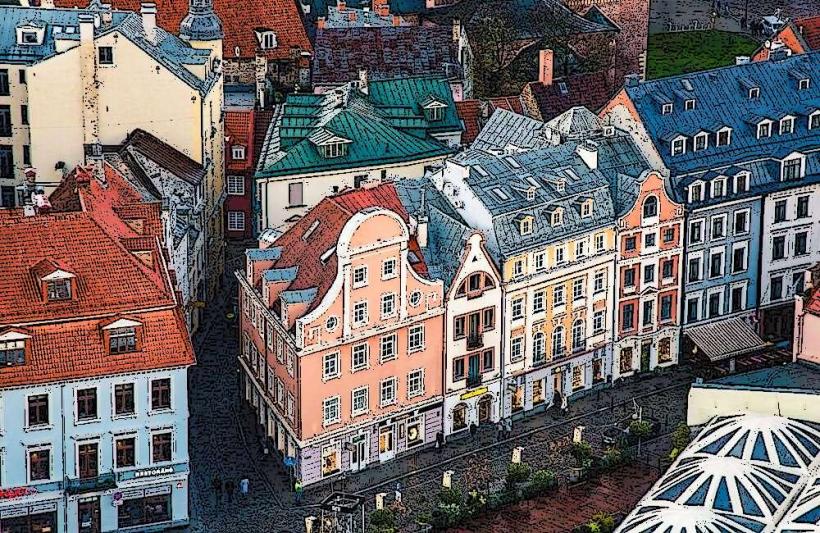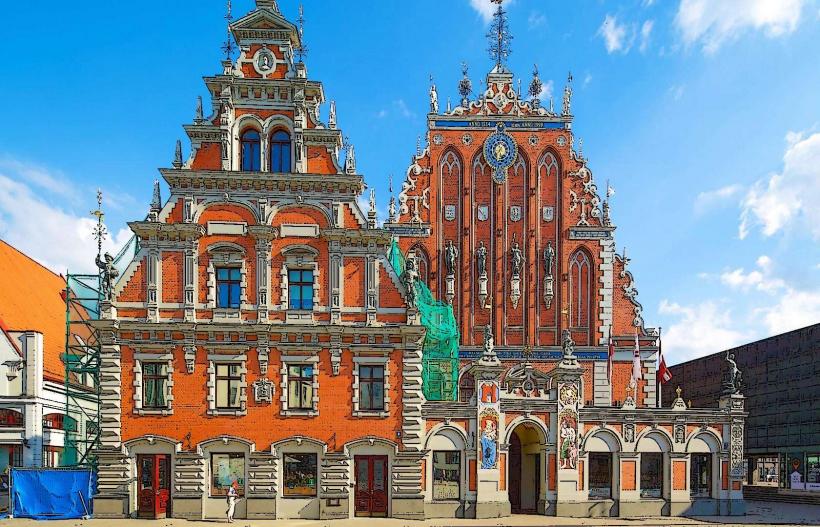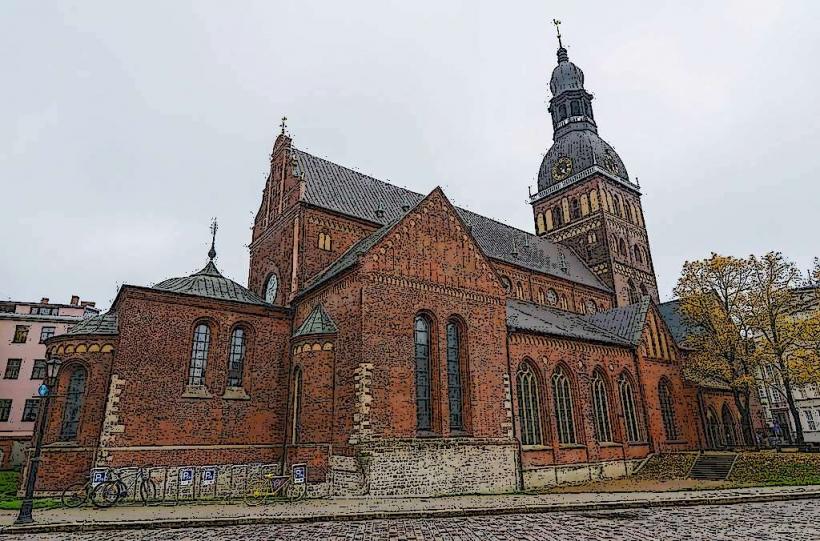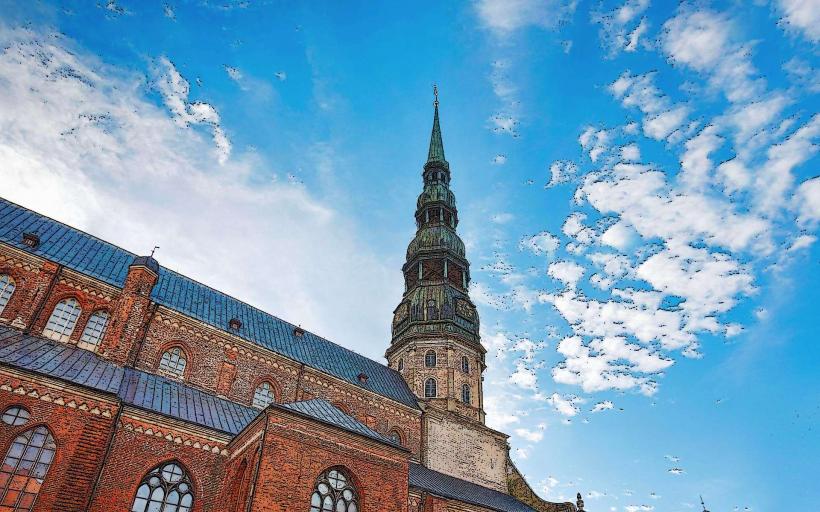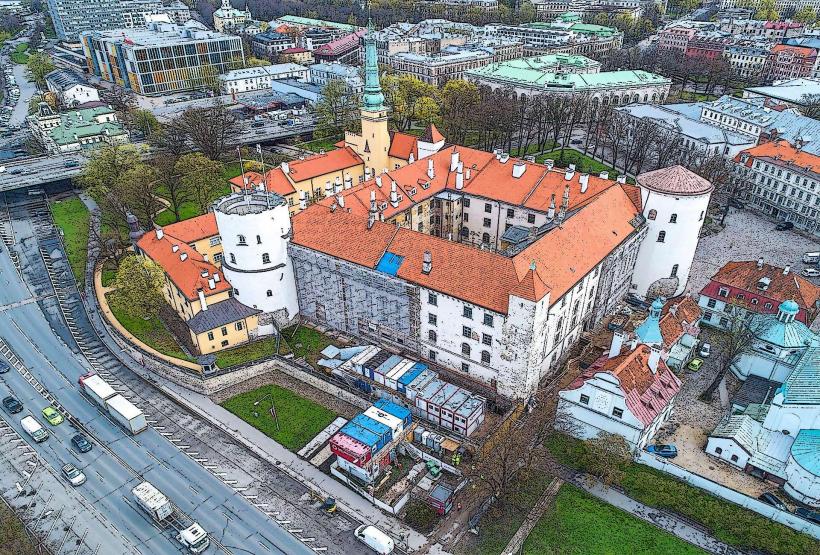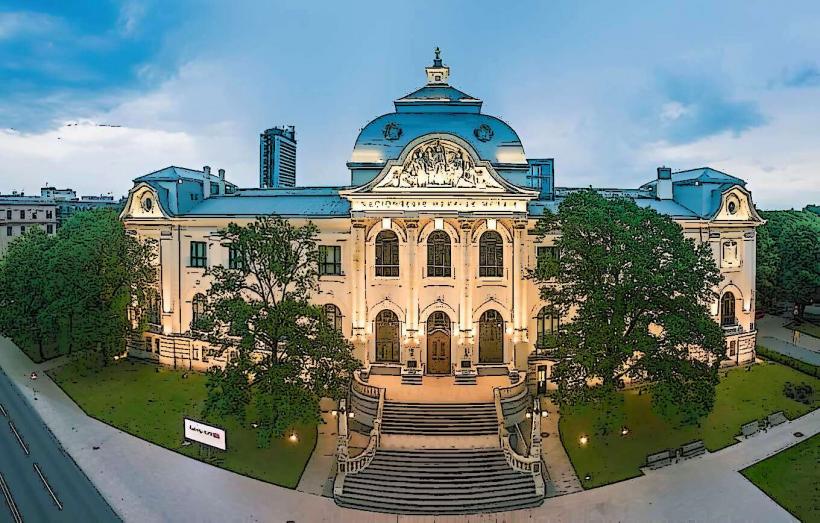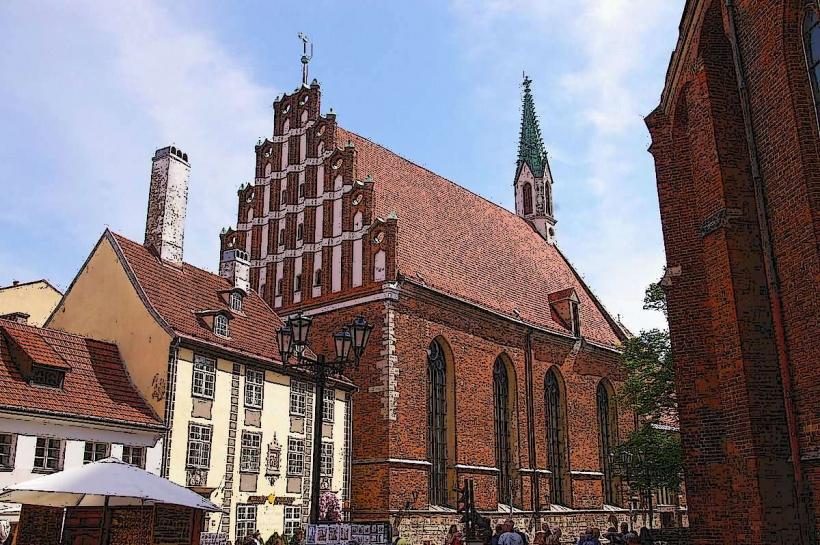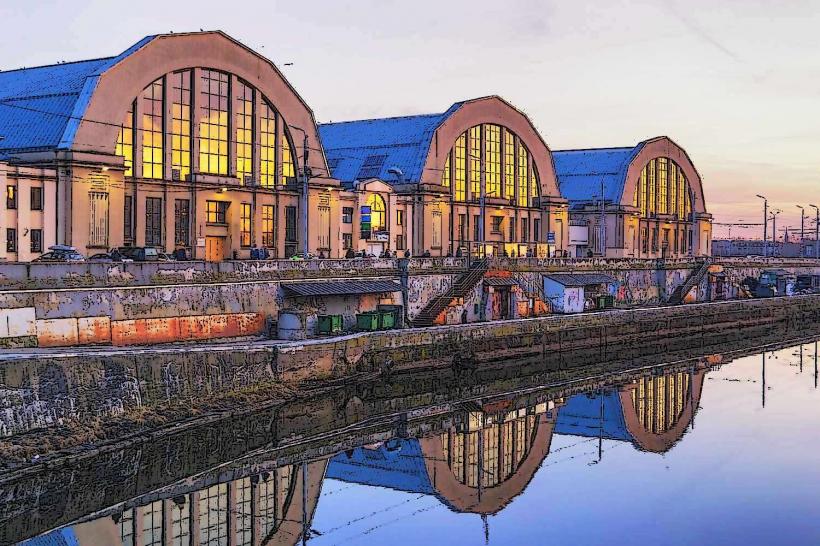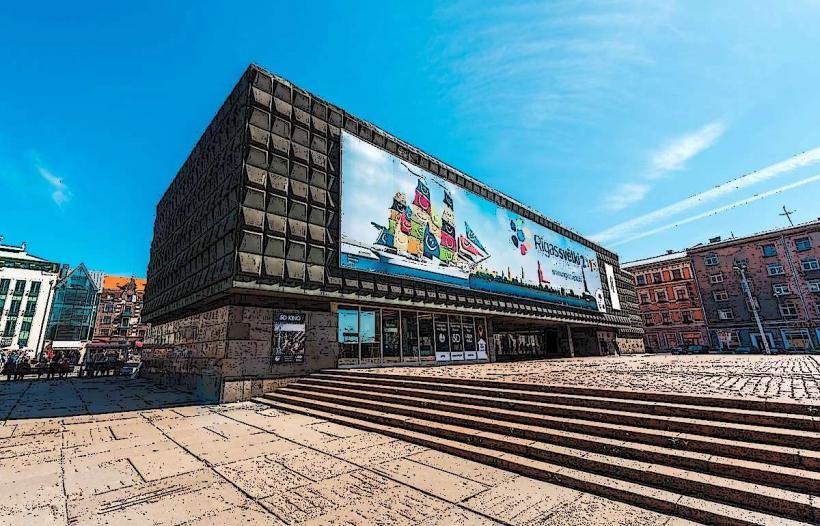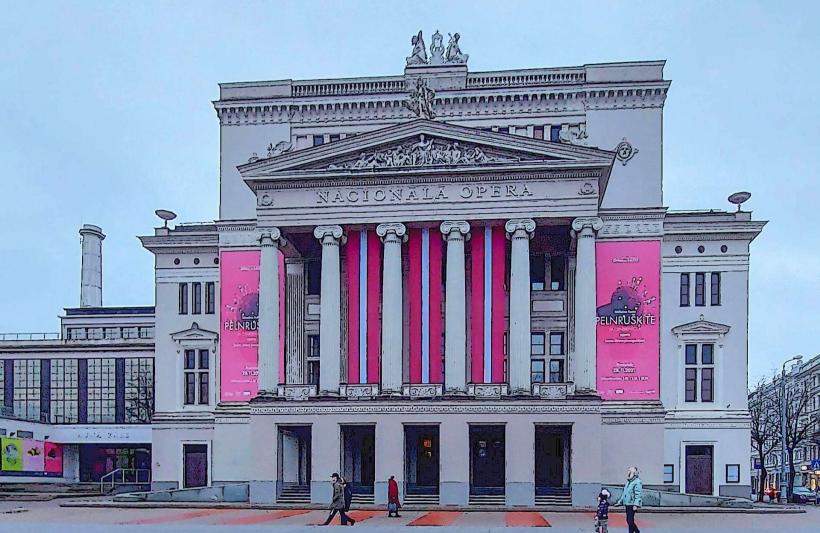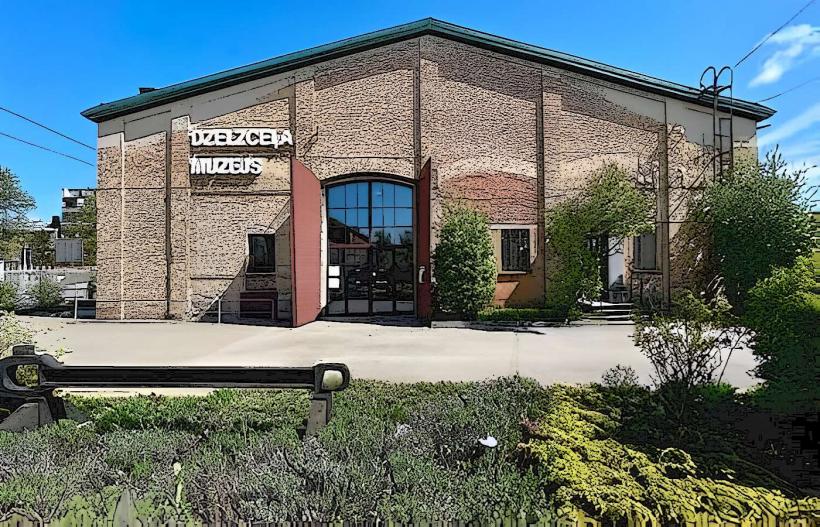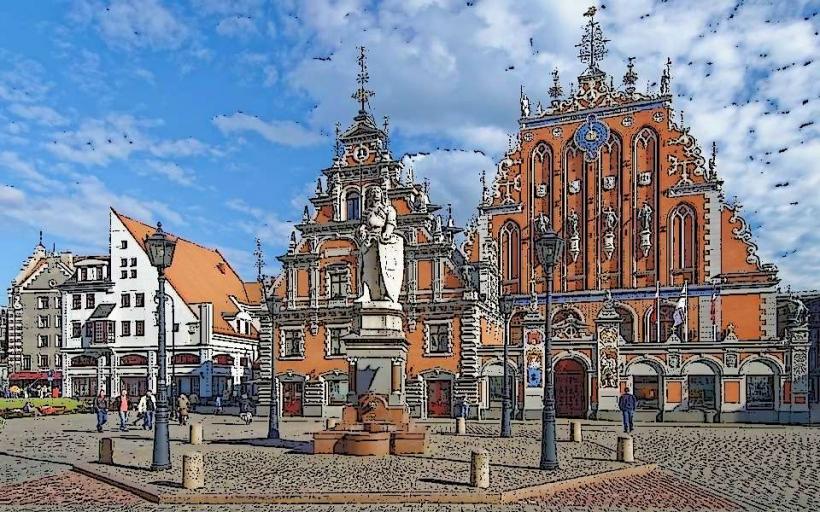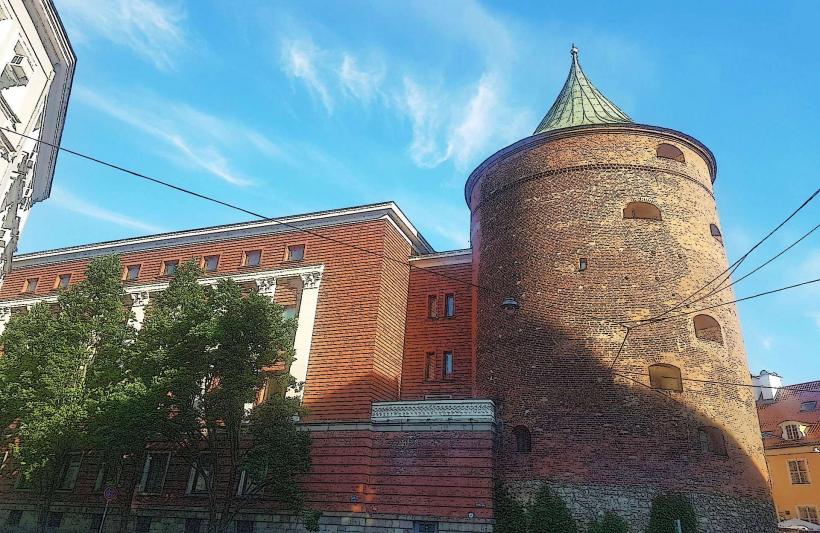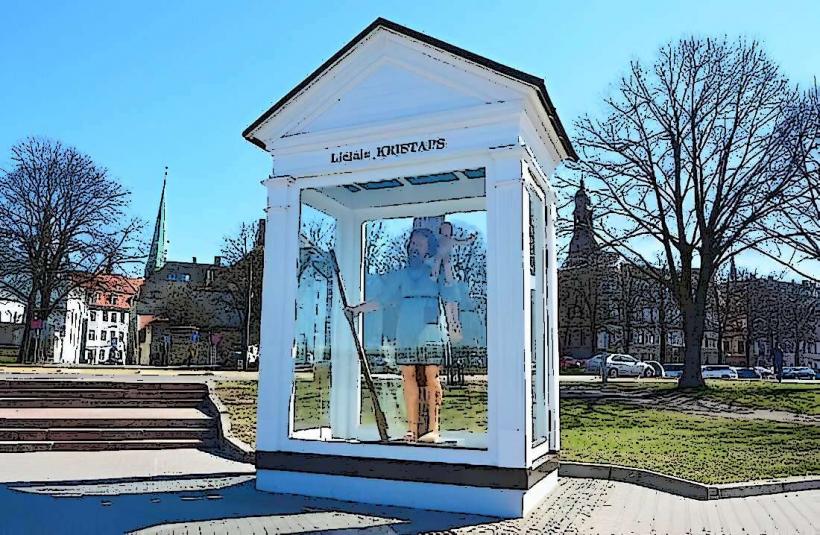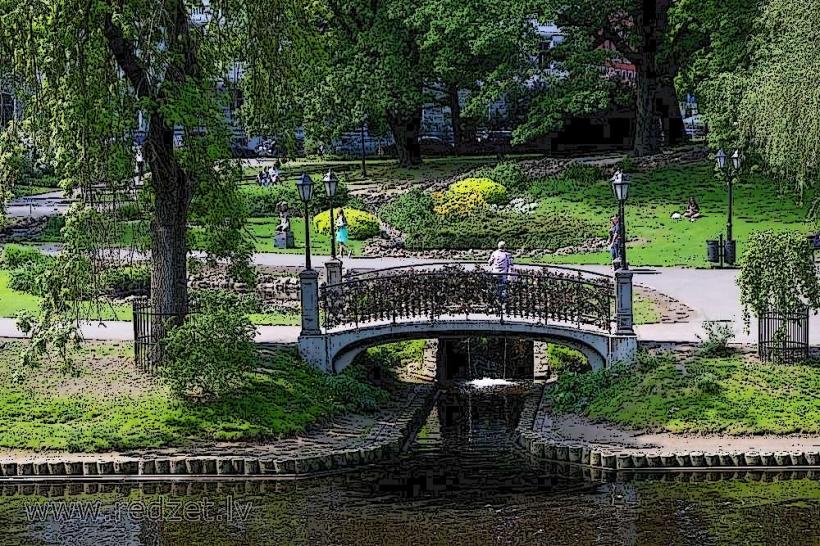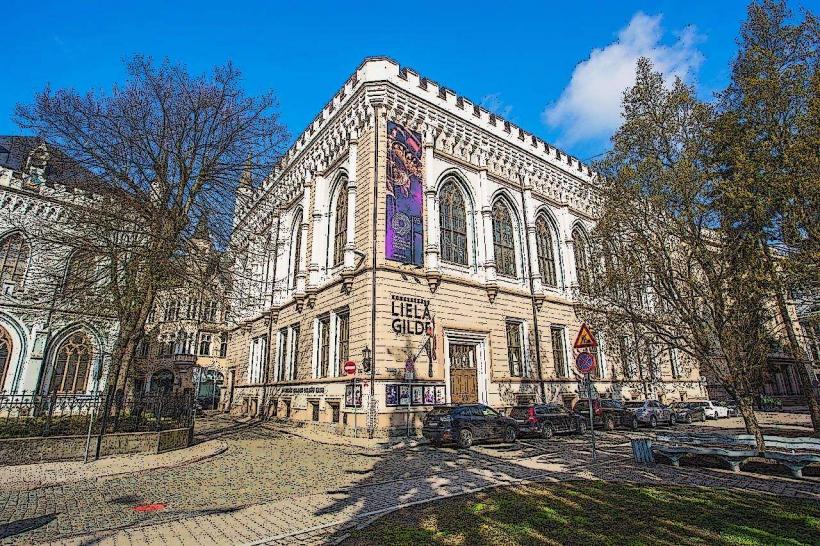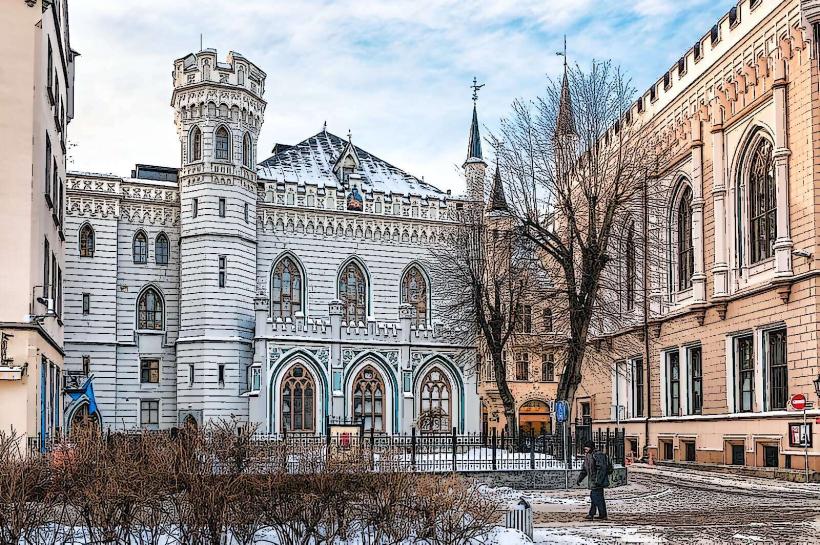Information
Landmark: Riga ZooCity: Riga
Country: Latvia
Continent: Europe
Riga Zoo (Latvian: Rīgas Zooloģiskais dārzs) is the oldest and largest zoo in Latvia, located in Mežaparks, a green area on the northern edge of Riga. Established in 1912, the zoo covers an expansive area of around 20 hectares and is home to over 300 species of animals. It is not only a popular recreational spot for families and tourists but also plays an important role in conservation efforts and education about wildlife.
1. Historical Background:
A. Foundation and Early History:
- Riga Zoo was founded in 1912, and its opening was seen as a major event for the city. The zoo initially began with a small collection of animals, but over the years, it expanded significantly. The location in Mežaparks, a forested area near the Lake Ķīšezers, was chosen because of its natural beauty and proximity to the city, making it easily accessible to visitors.
- Over the decades, the zoo grew in size and became an important center for both leisure and scientific research in Latvia. It faced many challenges during both World Wars but continued to operate and expand throughout the 20th century.
B. Modern Development:
- In recent decades, the zoo has undergone extensive renovations and modernizations, enhancing its exhibits and expanding its facilities. The focus has shifted towards conservation and educational programs, with the zoo becoming increasingly involved in breeding programs for endangered species.
2. Animal Exhibits:
A. Species and Habitats:
- Riga Zoo hosts a wide range of animals from around the world. Some of the main areas in the zoo include:
- Tropical House: A large indoor exhibit simulating a tropical rainforest, home to various species of birds, reptiles, and small mammals.
- African Savannah: A vast outdoor area dedicated to African wildlife, where visitors can see species like giraffes, zebras, and antelope.
- Asian Forests: This area houses animals like tigers, bears, and monkeys that are native to Asia's forests.
- European Wildlife: A section focused on native European animals, including wolves, lynxes, and wild boar.
- Aquatic Life: The zoo has a large aquarium with a variety of fish, amphibians, and reptiles, as well as an exotic bird house.
- The zoo also has a petting farm for younger visitors, where they can interact with domesticated animals like goats, sheep, and rabbits.
B. Rare and Endangered Species:
- Riga Zoo is known for its efforts in the breeding and conservation of endangered species. Among its notable residents are rare animals such as the Amur leopard, Siberian tiger, and red pandas. The zoo is involved in international conservation programs to help protect these species in the wild.
- The zoo also participates in breeding programs for birds, primates, and other endangered species, collaborating with other zoos and wildlife organizations around the world.
3. Conservation and Education:
A. Conservation Efforts:
- Riga Zoo is committed to wildlife conservation and has partnered with numerous organizations to protect endangered species. The zoo educates the public about the importance of protecting natural habitats and wildlife.
- The zoo runs educational programs to raise awareness about environmental issues, particularly in relation to deforestation, climate change, and habitat destruction. These programs are aimed at both children and adults, helping them understand the challenges animals face in the wild.
B. Visitor Education:
- Riga Zoo offers educational tours and lectures, and it frequently hosts special events for children, families, and school groups. These educational experiences provide visitors with information about the animals, their natural behaviors, and the conservation efforts being made to protect them.
- The zoo also publishes materials and information to help visitors better understand the relationship between humans and animals, with an emphasis on how people can contribute to sustainable living.
4. Visitor Experience and Facilities:
A. Layout and Design:
- The zoo is laid out in a way that makes it easy for visitors to navigate, with clearly marked paths and signs to direct guests to different exhibits. The lush, forested surroundings create a tranquil environment, and the zoo's design ensures that both the animals' needs and visitors' comfort are prioritized.
- There are several viewing platforms and observation areas, allowing visitors to get closer to the animals while ensuring their safety and comfort.
B. Family-Friendly Attractions:
- The zoo is a family-friendly destination, offering various attractions for children. These include the petting zoo, where kids can interact with domestic animals, and playgrounds where they can play.
- Special events for children, such as feeding times and animal demonstrations, are held regularly to engage younger audiences and help them learn about the natural world in a fun and interactive way.
C. Cafes and Souvenir Shops:
- Riga Zoo offers a variety of amenities for visitors, including cafés where people can enjoy a meal or snack. There are also souvenir shops where visitors can purchase animal-themed items, books, and educational materials related to wildlife and conservation.
- The zoo also has picnic areas where families can relax and enjoy a meal in a natural, peaceful environment.
5. Accessibility and Visitor Information:
A. Location and Hours:
- Riga Zoo is located in Mežaparks, which is about a 15-minute drive from the center of Riga. It is also accessible by public transport, including trams and buses, which connect the zoo to the city center.
- The zoo is open year-round, with extended hours during the summer months. It is a popular destination for local families and tourists during the warmer months when the animals are most active.
B. Admission:
- Admission to Riga Zoo is reasonably priced, with discounts for children, seniors, and groups. Special rates may also apply for educational or special events. Visitors are encouraged to check the zoo's website for updated information on pricing and events.
6. Conclusion:
Riga Zoo offers a unique blend of natural beauty, wildlife conservation, and educational opportunities. It serves as both a recreational park for families and an important center for protecting endangered species. With its diverse range of animals, commitment to conservation, and interactive exhibits, the zoo is an essential part of Riga’s cultural and educational landscape. Whether you're interested in seeing exotic animals, learning about conservation, or simply enjoying a day out in nature, Riga Zoo is a must-visit destination for animal lovers and families.

